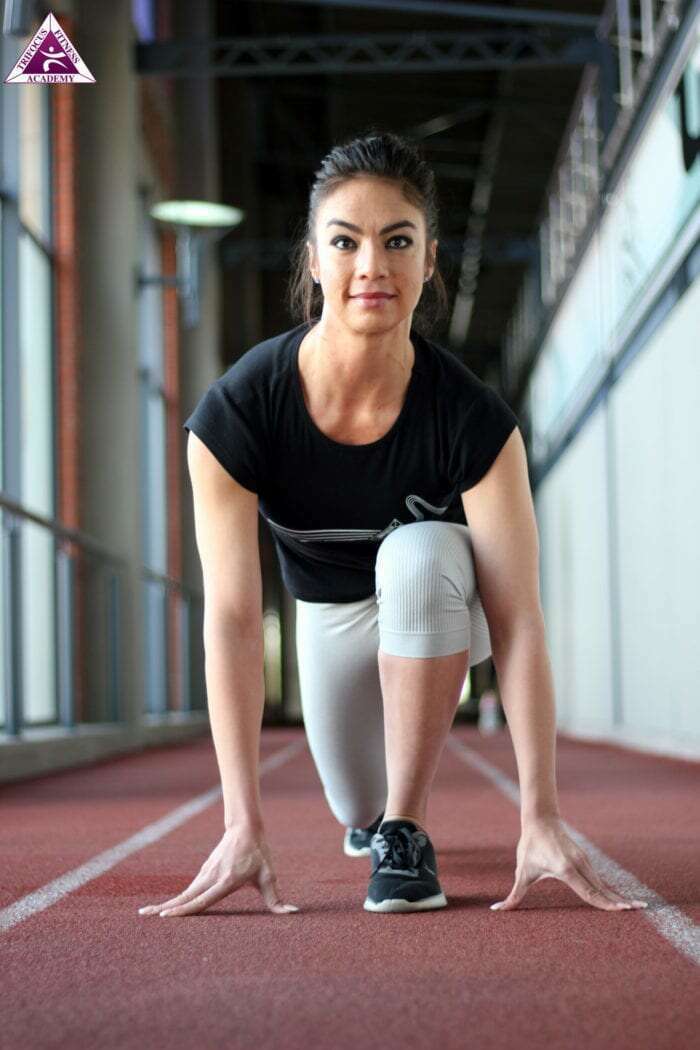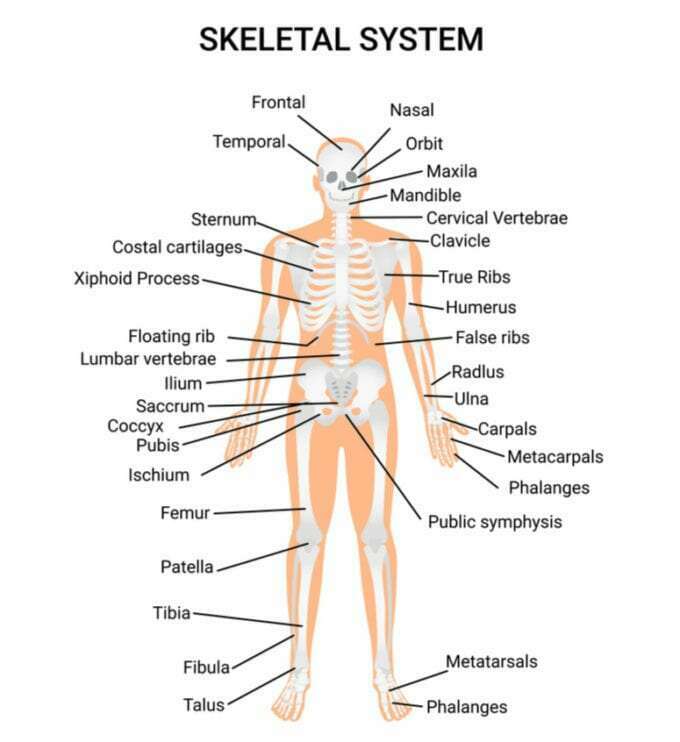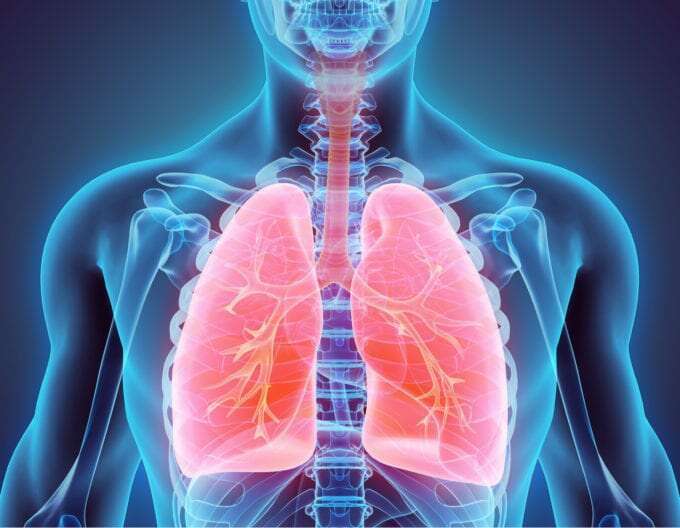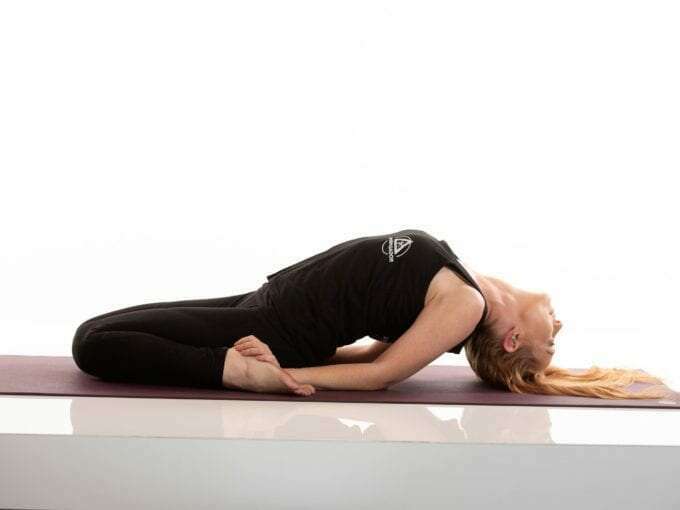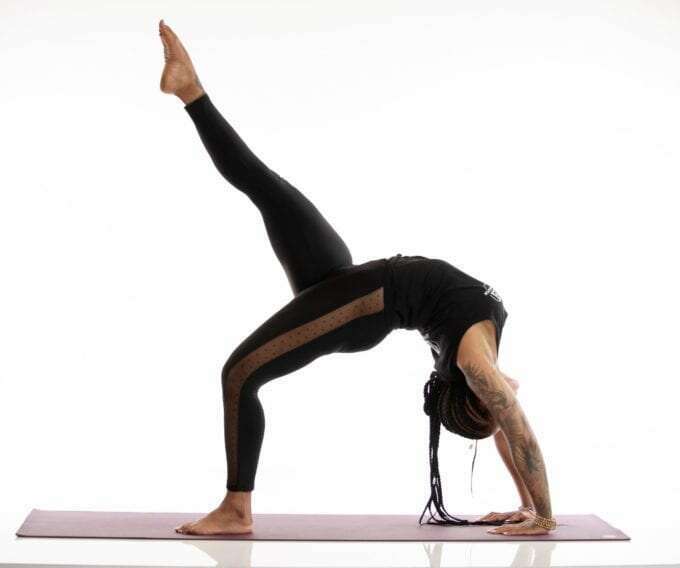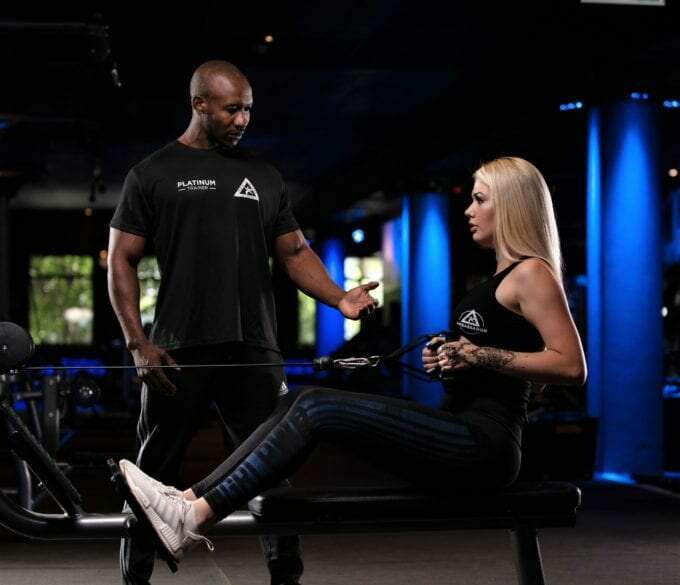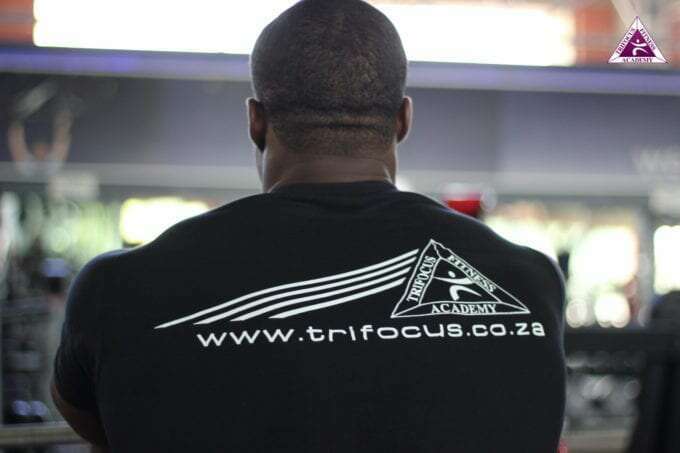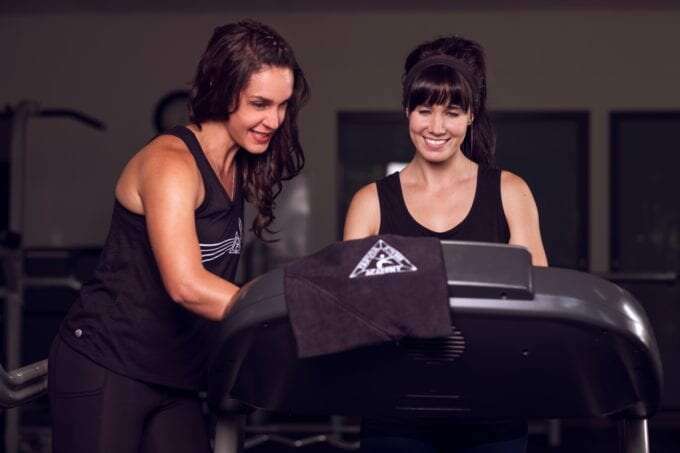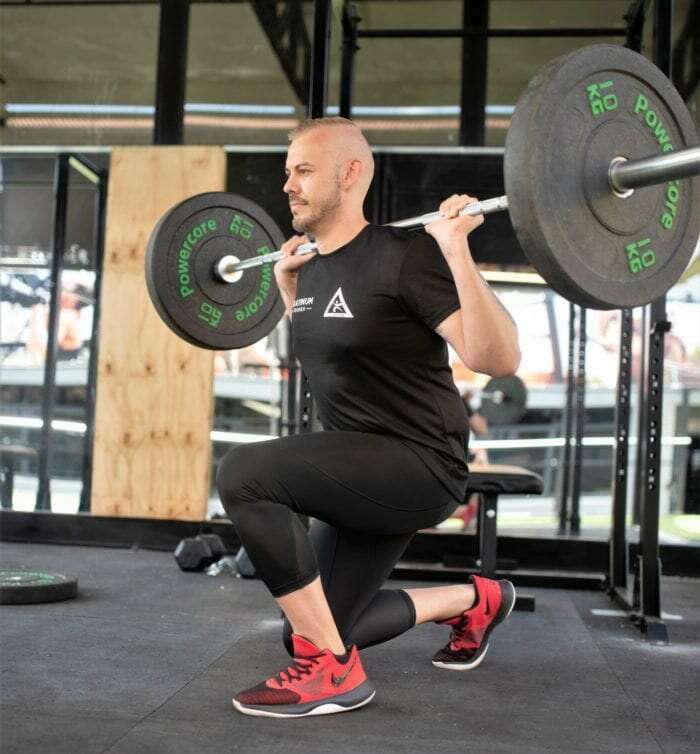Repetition training is when you break training distances into smaller, more manageable parts and repeat these parts. This is, for example, when you sprint over a set distance several times. It improves your speed-endurance. An essential part of repetition training is the recovery time in between reps. In repetition training,…
Read MorePersonal/Fitness Training Blog
Bones usually have no problem resisting the force that is applied to them during daily activities and exercise. However, now and then bones are put under more stress than they can handle. When this happens, the bone breaks. This is also known as fracturing. There are three main types of…
Read MoreEndurance training is when you exercise to increase the amount of time your cardiovascular system and muscles can work without getting tired. Endurance exercises, or aerobic exercises, are meant to increase your breathing and heart rate. This includes activities like walking, jogging, swimming and cycling. There are two types of…
Read MoreYour neck is responsible for keeping your head upright on your shoulders. It is an extension of your back, with vertebrae making up the skeleton. Like your back, your neck is made up of muscles to support these vertebrae. Your neck is very vulnerable. From something as simple as turning…
Read MoreYour genetics, gender and height all determine the size of your lungs. The air in your lungs can be measured with lung volumes and lung capacities. Your lung volume is the amount of air your lungs can inhale and exhale. Your lung capacity is how much you can inhale after…
Read MoreThe primary role of your pelvis is to support the weight of your upper body when you are sitting. It needs to transfer this weight to your lower limbs when you are standing. Sitting and standing can place a lot of stress on your pelvis and hips. This strain can…
Read MoreGymnastic exercises develop your physical agility and coordination. These can improve your bone, muscle and cognitive health. In addition, these types of exercises target all muscle groups for total-body strength and flexibility. Gymnastics also fights metabolic and immune disorders by lowering blood pressure and releasing antioxidant enzymes in your body.…
Read MoreWhile a good posture can shave off a few kilos and make you look confident, it also helps to improve your body’s strength and balance. Bad posture often means that some joints, muscles and bones take on a lot more stress because they have to compensate for your imbalance. Not…
Read MoreNormally, muscles use a combination of contraction and relaxation to enable body movement. When muscular imbalances occur, two or more muscles don’t contract and relax as they should. For example, when the biceps muscle on the front of the upper arm contracts and the triceps muscle on the back of…
Read MoreYour spine is responsible for supporting your entire body. Whenever you lift something, your back needs to make sure you don’t fall over from the weight. To support your spine, there are about 140 muscles. These muscles can be trained to make sure your spine doesn’t get hurt. Here are…
Read MoreIf you’re part of a gym or fitness club or, alternatively make use of home gym equipment, it’s important you know how to use these properly so that you won’t sustain any injuries. Overuse and misuse of cardio equipment are the causes of a high percentage of injuries that happen…
Read MoreAs muscles can be developed, strengthened and toned for a variety of different purposes, there are a number of different ways to exercise when you train with weights. usually, you’ll want to choose from the following three choices for each and every weight training exercise which you use in your…
Read More
